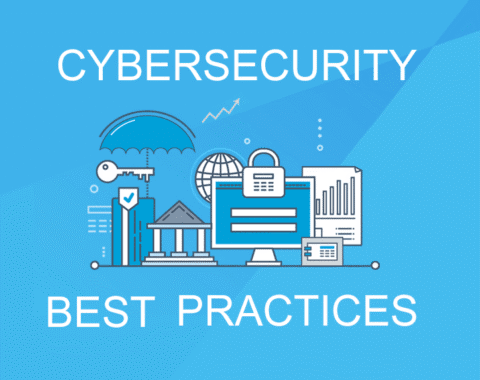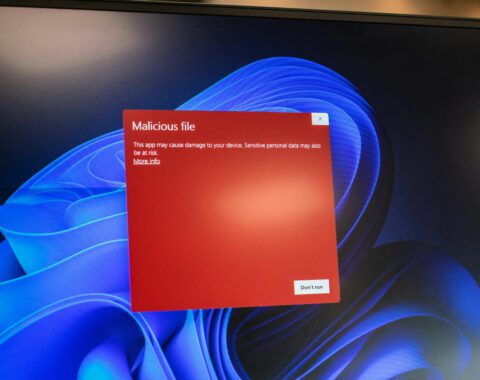What Are TOAD Attacks?
Despite their sci-fi name, TOAD attacks (Telephone-Oriented Attack Deliveries) pose a serious threat to dental MSPs (Managed Service Providers) and businesses nationwide. Recent studies show approximately 10 million TOAD attacks occur monthly, impacting 67% of U.S. businesses, including dental practices relying on MSPs for IT services.
Unlike phishing scams, which mimic fishing for salmon, TOAD attacks combine deceptive emails and phone calls to exploit human vulnerabilities. These attacks trick users into sharing sensitive data, such as login credentials, or installing malicious software, bypassing even the most robust cybersecurity for dental MSPs.
How TOAD Attacks Work
Here’s a common scenario: Rob, a dental office employee, receives an email claiming, “Your antivirus subscription has expired. Call us immediately to resume protection.” Trusting the message, Rob dials the provided number. A professional-sounding scammer guides him to click a link or install software, compromising the dental practice’s network.
Scammers posing as trusted authorities gain credibility, especially when users initiate contact. This tactic exploits human trust, making TOAD attacks particularly dangerous for dental MSPs managing sensitive patient data.
Why Dental MSPs Are Vulnerable
While dental MSP security solutions, like firewalls and antivirus software, evolve to counter cyber threats, humans remain the weakest link. Criminals use social engineering tactics, such as TOAD attacks, to bypass defenses by manipulating employees into unlocking digital “doors.” For dental practices, a single breach can expose protected health information (PHI), leading to costly HIPAA violations.
Combatting TOAD Attacks with Cybersecurity Training
To protect your dental MSP and clients, end-user cybersecurity training is critical. A security-savvy workforce can identify and neutralize threats like TOAD attacks. Key strategies include:
-
Use the SLAM Method: Teach employees to Stop, Look, Ask, and Monitor emails to verify legitimacy before clicking links or sharing information.
-
Verify Contact Information: Always use official company phone numbers from trusted sources, not those provided in emails or texts.
-
Hang Up on Suspicion: If a call feels off, disconnect immediately.
-
Avoid Unauthorized Software: Never install software from unverified sources. Direct employees to consult your dental MSP IT team for verification.
Why Choose Our Cybersecurity Training for Dental MSPs?
Ongoing cybersecurity training for dental MSPs empowers your team to safeguard your business and clients from TOAD attacks and other cyber threats. Our affordable, engaging end-user education program equips dental staff with the skills to:
-
Recognize phishing and TOAD attack tactics.
-
Protect sensitive patient data and ensure HIPAA compliance.
-
Strengthen your dental MSP’s reputation as a trusted IT provider.
Take Action Today
Don’t let TOAD attacks compromise your dental MSP or your clients’ practices. Contact us to learn how our cybersecurity training can create a vigilant, prepared workforce. Protect your business, secure patient trust, and defend against evolving cyber threats.





